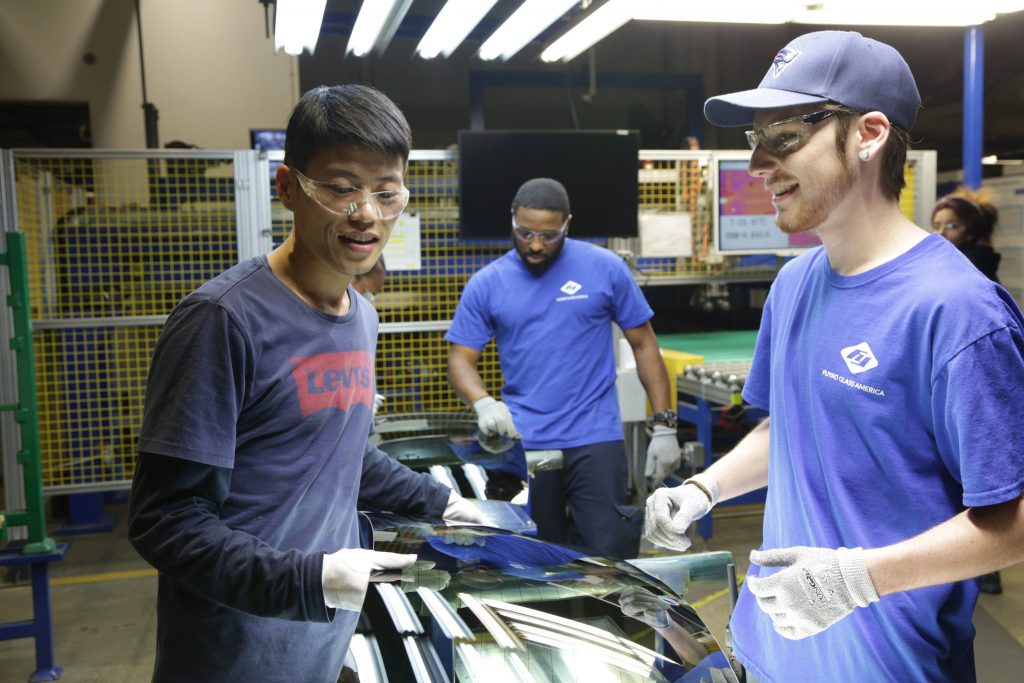
Produced by the Obamas, the film follows as a Chinese glassmaker opens a factory in old GM plant.
On Monday, the Trump administration announced that it will no longer designate China as a currency manipulator, a big move that no doubt is tied to this week’s signing of the “Phase One” trade deal blah blah blah.
Oh, who cares! The Oscar nominations are out!

O.K.… I’m kidding around. Currency manipulation is a very important issue, here’s a whole blog about why it matters.
But it’s not every day that a film in which manufacturing issues are front and center is nominated for an Academy Award!
“American Factory” landed an Oscar nod for Best Documentary Feature. The film — which was produced by Participant Media and Higher Ground Productions, a.k.a. the company run by Barack and Michelle Obama — provides a fly-on-the-wall look as Chinese glass manufacturer Fuyao opens a facility at an old General Motors (GM) factory outside Dayton, Ohio.
Although very exciting, the Oscar nomination isn’t that big of a surprise. The documentary has been widely acclaimed, and even nabbed the U.S. documentary prize at the Sundance Film Festival.
It is also a sequel-of-sorts. Filmmakers Steven Bognar and Julia Reichert chronicled the closing of the GM plant in their 2009 film, “The Last Truck: Closing of a GM Plant.”
American Factory picks up the story in 2015. Bognar and Reichert offer an incredible behind-the-scenes look at the reopening of the facility, featuring perspectives from both American and Chinese workers alongside management. Optimism reigns when the film begins, but realties begin to set in as management and employees alike work to hit production goals while coping with some new realities and cultural differences.
We talked a lot about American Factory when it premiered on Netflix in 2019. AAM President Scott Paul interviewed Melinda Arons, senior vice president of social impact for Participant Media, for an episode of The Manufacturing Report podcast, and AAM even held a screening in our office.
American Factory is one of those movies that linger with you long after you watch it. The issues raised in the film — from globalization and trade to the future of work — aren’t easily solved. But it is definitely worth a watch, especially ahead of Oscar night.
And for what it’s worth, the factory featured in the film is still operating — and announced last week it plans to invest $46 million in the plant and add 100 jobs.
